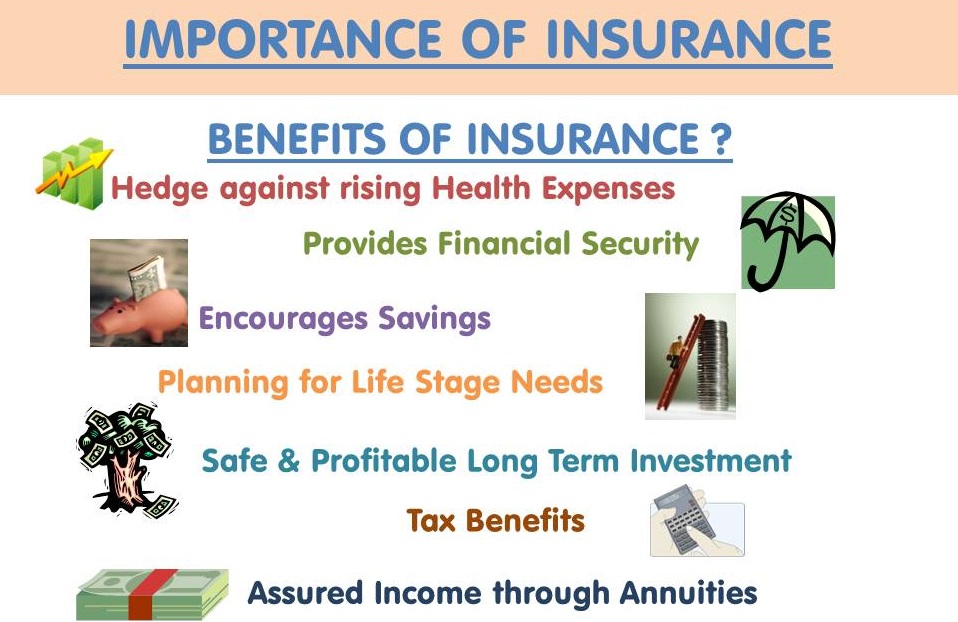Not known Factual Statements About Pacific Prime
Not known Factual Statements About Pacific Prime
Blog Article
An Unbiased View of Pacific Prime
Table of ContentsNot known Factual Statements About Pacific Prime The Buzz on Pacific Prime9 Easy Facts About Pacific Prime ShownMore About Pacific PrimePacific Prime - The Facts

This is since the information were collected for a duration of solid economic performance. Of the approximated 42 million people who were without insurance, all but about 420,000 (regarding 1 percent) were under 65 years of age, the age at which most Americans end up being eligible for Medicare; 32 million were grownups between ages 18 and 65, about 19 percent of all adults in this age team; and 10 million were youngsters under 18 years of age, about 13.9 percent of all youngsters (Mills, 2000).
These estimates of the number of individuals uninsured are generated from the annual March Supplement to the Present Population Study (CPS), performed by the Census Bureau. Unless otherwise kept in mind, national quotes of individuals without health and wellness insurance coverage and percentages of the population with different type of insurance coverage are based on the CPS, the most widely used source of quotes of insurance protection and uninsurance prices.
Fascination About Pacific Prime

Still, the CPS is particularly helpful because it generates annual price quotes relatively quickly, reporting the previous year's insurance policy protection estimates each September, and since it is the basis for a constant set of estimates for greater than two decades, enabling evaluation of fads in protection in time. For these factors, as well as the substantial use the CPS in other researches of insurance policy protection that are offered in this report, we rely on CPS estimates, with restrictions kept in mind.

The estimate of the variety of without insurance individuals expands when a populace's insurance standing is tracked for numerous years. Over a three-year period starting early in 1993, 72 million people, 29 percent of the united state populace, were without protection for a minimum of one month. Within a solitary year (1994 ), 53 million people experienced at the very least a month without protection (Bennefield, 1998a)
6 out of every 10 uninsured adults are themselves used. Working does boost the likelihood that one and one's household members will have insurance policy, it is not an assurance. Even participants of families with two full-time wage income earners have almost a one-in-ten chance of being uninsured (9.1 percent without insurance price) (Hoffman and Pohl, 2000).
Some Known Questions About Pacific Prime.
New immigrants make up a significant percentage of people without medical insurance. One analysis has connected a substantial section of the recent growth in the size of the united state uninsured populace to immigrants who arrived in the nation in between 1994 and 1998 (Camarota and Edwards, 2000). Current immigrants (those that involved the United States within the past four years) do have a high price of being without insurance (46 percent), yet they and their children account for simply 6 percent of those without insurance coverage across the country (Holahan et al., 2001).
The relationship between wellness insurance policy and access to care is well established, as documented later on in this phase. Although the relationship between health insurance coverage and wellness results is neither direct neither easy, an extensive clinical and wellness services research literature links health and wellness check these guys out insurance policy protection to enhanced accessibility to care, far better high quality, and improved personal and populace health and wellness condition.
Levels of evaluation for taking a look at the effects of uninsurance. It focuses particularly on those without any kind of wellness insurance for any type of size of time.
How Pacific Prime can Save You Time, Stress, and Money.
The problems faced by the underinsured are in some aspects comparable to those encountered by the without insurance, although they are generally much less serious. Health and wellness insurance coverage, however, is neither essential neither adequate to gain accessibility to medical services. The independent and straight impact of health insurance policy coverage on accessibility to health and wellness services is well developed.
Others will get the healthcare they require even without health insurance policy, by spending for it out of pocket or seeking it from companies who supply care free or at very subsidized rates. For still others, medical insurance alone does not make sure receipt of treatment since of other nonfinancial obstacles, such as a lack of wellness care suppliers in their community, minimal access to transport, illiteracy, or etymological and cultural distinctions.
Pacific Prime Fundamentals Explained
Formal research study regarding uninsured populations in the United States dates to the late 1920s and very early 1930s when the Board on the Price of Treatment produced a series of reports regarding funding medical professional workplace gos to and hospital stays. This concern came to be salient as the numbers of medically indigent climbed up during the Great Depression.
Report this page